BASEBALL NEEDS COMPETITION, NATS SIGN KING & SIMONTACCHI
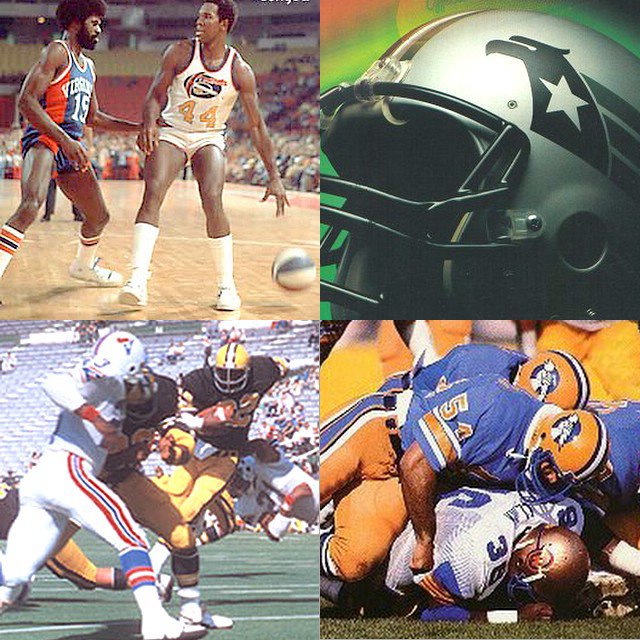 tionals' future in the D.C. didn't seem particularly bright. Politicians and penguins in suits, each excercising there dominion and dominance over baseball in Washington, just about broke the hearts of two generations of baseball fans inside the beltway. The problem is - or at least it seems to be - that Major League Baseball has such a monopoly on their sport that Selig and his minions can do pretty much anything, anytime, anywhere. The other sports, however, have been pressured by other leagues at one time or another to act in a more professional way.
tionals' future in the D.C. didn't seem particularly bright. Politicians and penguins in suits, each excercising there dominion and dominance over baseball in Washington, just about broke the hearts of two generations of baseball fans inside the beltway. The problem is - or at least it seems to be - that Major League Baseball has such a monopoly on their sport that Selig and his minions can do pretty much anything, anytime, anywhere. The other sports, however, have been pressured by other leagues at one time or another to act in a more professional way.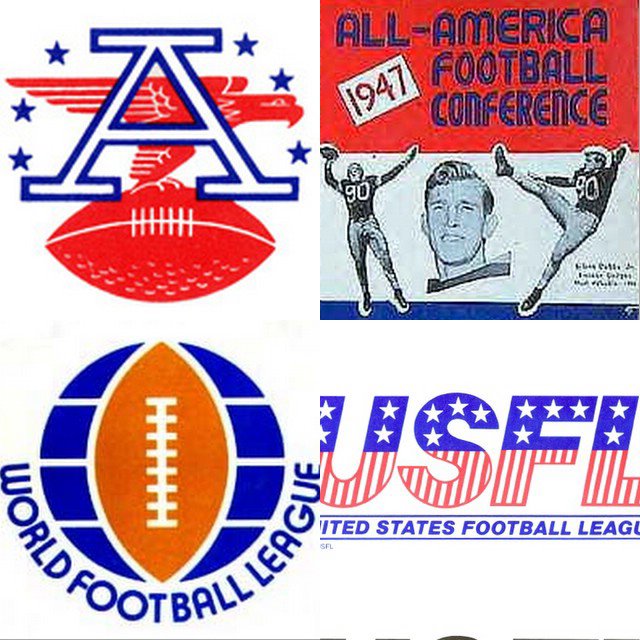 as pure offense. It introduced the 30 second shot clock [although the game was so fast it was seldom used], the 3-point arc, dunks, behind-the-back passes and a style of play that came right out of the inner city. The ABA was the "Afro League" and the NBA the "Vitalis League." When the league finally folded in 1976, several of the ABA teams [Nuggets, Spurs, Pacers and Nets] joined the NBA. The remaining players went through a dispersal draft and forever changed the stodgy, slow-footed nature of the National Basketball Association.
as pure offense. It introduced the 30 second shot clock [although the game was so fast it was seldom used], the 3-point arc, dunks, behind-the-back passes and a style of play that came right out of the inner city. The ABA was the "Afro League" and the NBA the "Vitalis League." When the league finally folded in 1976, several of the ABA teams [Nuggets, Spurs, Pacers and Nets] joined the NBA. The remaining players went through a dispersal draft and forever changed the stodgy, slow-footed nature of the National Basketball Association.The National Hockey League was little more than a Canadian organization with a few token American teams before the World Hockey Association came into existence in 1972 and transformed hockey into a national sport. WHA team's raided the NHL and signed some of its best players. The WHA teams didn't have the depth of talent of the NHL, but its front-line players were equal to their NHL counterparts. Several WHA teams [Winnipeg Jets, Edmonton Oilers, Hartford Whalers, Quebec Nordiques] joined the NHL in 1978 and brought their fast, high scoring style to the older league.
And then there is baseball.
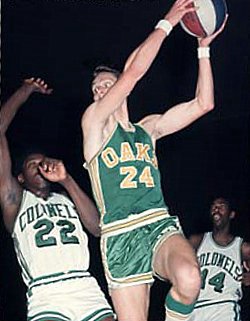 ledge baseball's reserve clause and signed many stars from the American and National Leagues. The demise of the Federal league brought about several lawsuits against Major League Baseball. It was the suit filed by the Baltimore club that the Supreme Court eventually ruled that baseball was not involved in interstate commerce, and therefore immune from anti-trust legislation. The last affront to Major League Baseball was the Mexican League raids of 1946. Commissioner Happy Chandler was so angry at the players who signed with the Mexican League that he "black-listed" them for life. It took several years and many lawsuits before Major League Baseball ultimately lost in court. The Continental League was introduced in the mid 1950's as a logical response to baseball's refusal to expand into the western United States. The move westward of both the Dodgers and Giants, however, as well as the 1961-62 expansion ended the need for the new league. Baseball hasn't been threatened since.
ledge baseball's reserve clause and signed many stars from the American and National Leagues. The demise of the Federal league brought about several lawsuits against Major League Baseball. It was the suit filed by the Baltimore club that the Supreme Court eventually ruled that baseball was not involved in interstate commerce, and therefore immune from anti-trust legislation. The last affront to Major League Baseball was the Mexican League raids of 1946. Commissioner Happy Chandler was so angry at the players who signed with the Mexican League that he "black-listed" them for life. It took several years and many lawsuits before Major League Baseball ultimately lost in court. The Continental League was introduced in the mid 1950's as a logical response to baseball's refusal to expand into the western United States. The move westward of both the Dodgers and Giants, however, as well as the 1961-62 expansion ended the need for the new league. Baseball hasn't been threatened since.Until now.
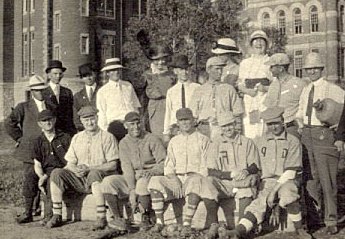
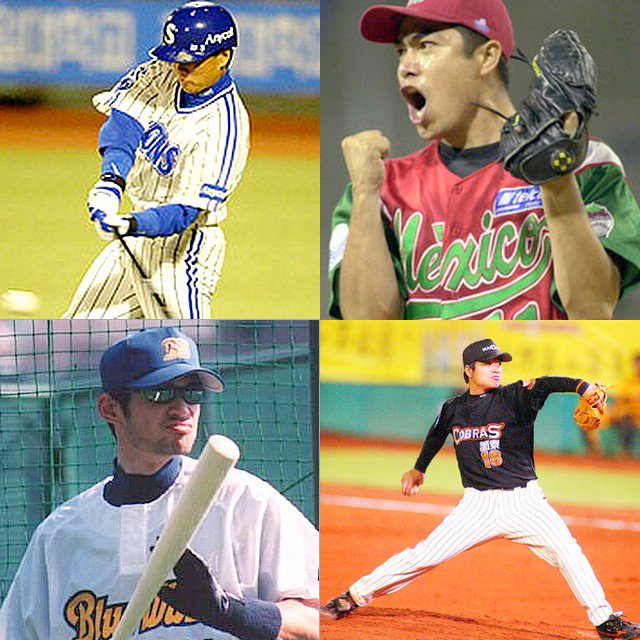 uld cities have to build half-billion dollar stadiums with baseball providing no assistance. The American component of the league could become a player development league similar to NFL Europe. The World Series would be truly a world series. Franchise values would skyrocket. Players would be more in demand. The "country vs. country" feel of soccer's World Cup would be integrated into baseball.
uld cities have to build half-billion dollar stadiums with baseball providing no assistance. The American component of the league could become a player development league similar to NFL Europe. The World Series would be truly a world series. Franchise values would skyrocket. Players would be more in demand. The "country vs. country" feel of soccer's World Cup would be integrated into baseball.Nats sign King: The Nationals announced the signing of Ray King and Jason Simontacchi to minor league contracts on Tuesday. When asked why he signed with the Nationals versus trying to get "big mo
 ney" out of some of the other teams this off season, King seemed upset as he said that several teams bristled at his "poor" season with the Colorado Rockies. He said that first and foremost, he pitched for the Rockies, which in and of itself skewes a pitchers' statistics.
ney" out of some of the other teams this off season, King seemed upset as he said that several teams bristled at his "poor" season with the Colorado Rockies. He said that first and foremost, he pitched for the Rockies, which in and of itself skewes a pitchers' statistics.Is he right?
Last season, pitching in Denver, King had a record of 1-2, 5.21, allowing 30 hits in just 19 innings. On the road, King faired much better, going 0-2, 3.86 with 26 hits allowed in 25 innings. Considering his previous three seasons were strong ('03: 3-4, 3.51 -- '04: 5-2, 2.61 -- '05: 3:38), It would seem that his abnormally poor numbers were indeed the result of pitching at Coors Field. I guess the question I have is this: is this part of the "plan?" A 32 year old pitcher signed to bolster the only part of the team that is already strong? Don't get me wrong; I'm happy to have another lefty coming out of the bullpen. I just wonder if the Nationals really needed him.
As for Jason Simontacchi, the 33 year old will compete for a spot in the starting rotation. He is an interesting character, to be sure. A starter for the Cardinals in 2003 & 2004 , Simontacchi went 20-10, 4.77 during that period. He was released by the Cardinals in Novembe
 r, 2004 and wasn't picked up by another club until the Cubs signed him to a minor league Contract in March, 2006. He was released a month later (what does that say?). I can't find any injuries that would have kept him out of baseball for two years(though there have been hints of a shoulder injury), so I can't say what that was all about. He did pitch for Bridgeport (Independent) in 2006, going 1-0, 0.84 in 10 innings.
r, 2004 and wasn't picked up by another club until the Cubs signed him to a minor league Contract in March, 2006. He was released a month later (what does that say?). I can't find any injuries that would have kept him out of baseball for two years(though there have been hints of a shoulder injury), so I can't say what that was all about. He did pitch for Bridgeport (Independent) in 2006, going 1-0, 0.84 in 10 innings.Without question, Simontacchi is not part of "the plan." I don't care how barren the Nationals' starting pitching staff may be, if Jason Simontacchi is the answer, I don't want to know the question.
If Simontacchi makes the starting rotation, then the Nationals' "we're not signing free agent pitchers because we're going younger -- not because of finances" mantra will ring a little hollow, won't it.
It'll be interesting to see what happens in spring training.
<< Home




